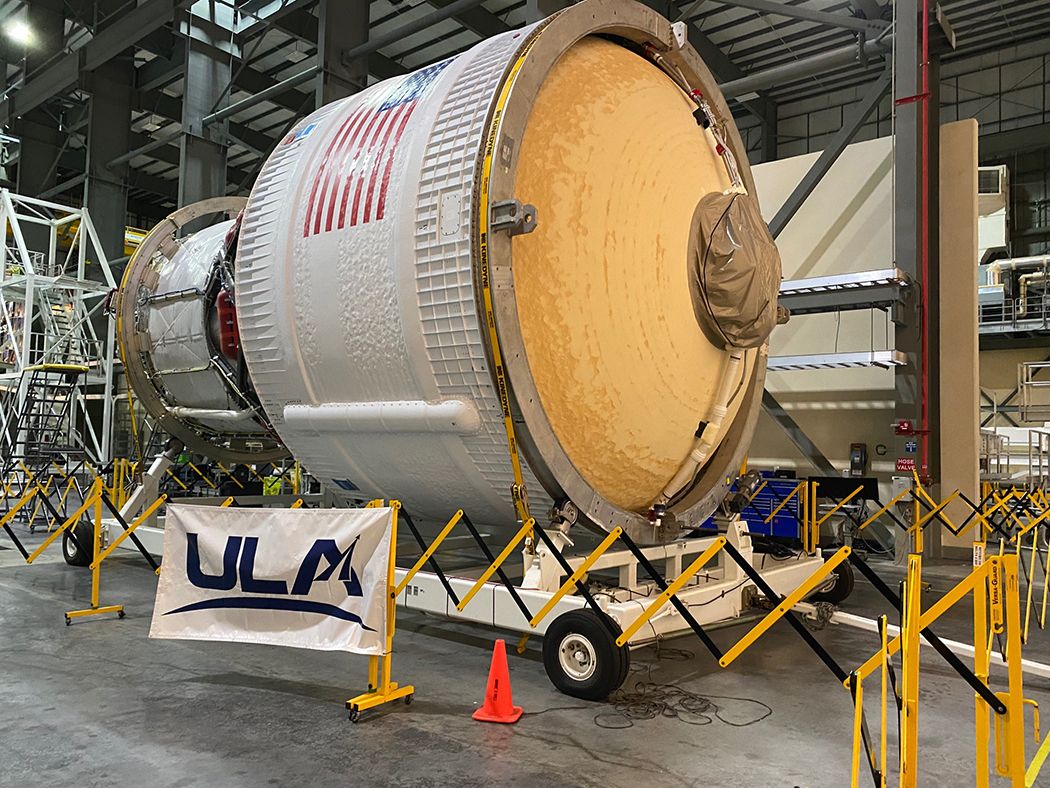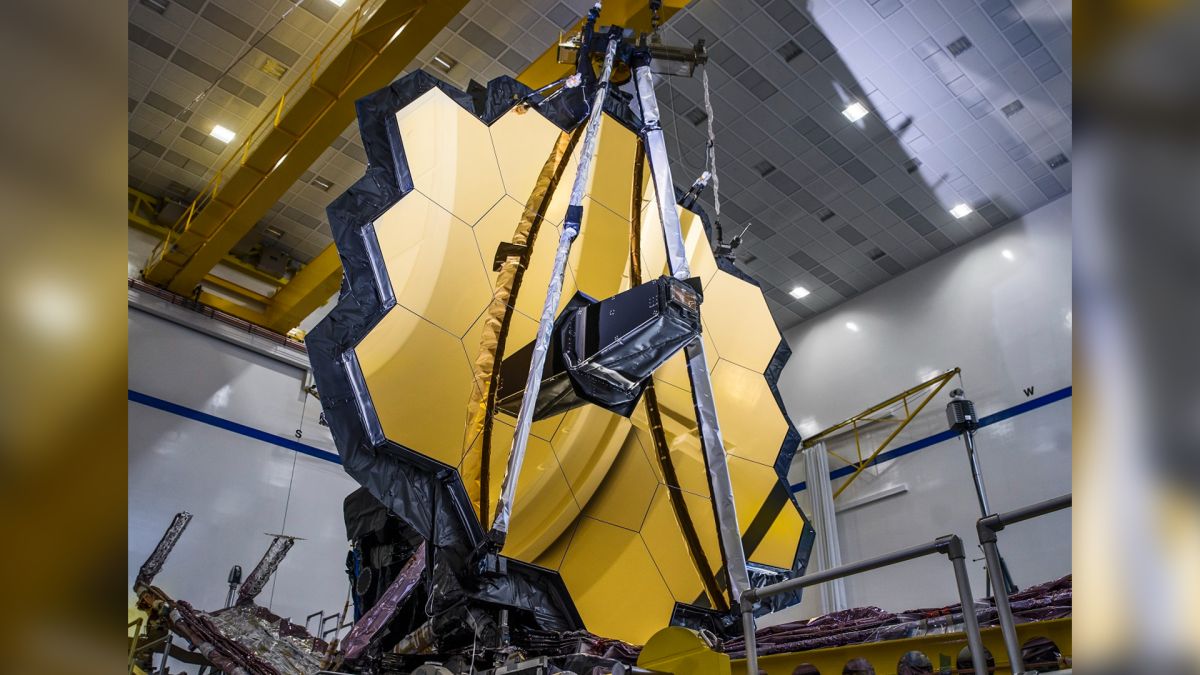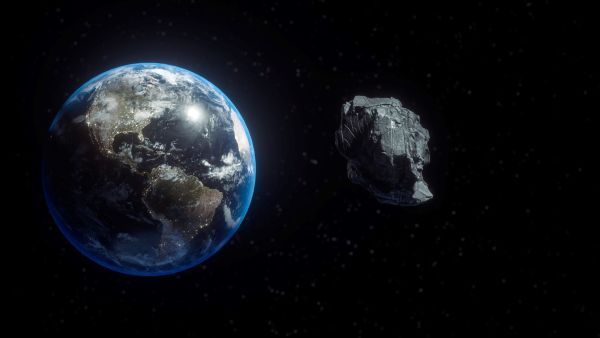This image, captured by the Landsat-8 satellite, shows the view over Western Australia on May 12, 2013.
Read MoreMonth: January 2022
1,000-light-year “Bubble” Is the Source of All Nearby Baby Stars
Supernovae that carved out the Local Bubble, a cavity around the Sun, have also triggered star formation at the bubble’s edges. The post 1,000-light-year "Bubble" Is the Source of All Nearby Baby Stars appeared first on Sky & Telescope.
Read MoreNASA getting SLS megarockets ready for crewed moon missions
The giant rockets that will carry NASA astronauts to the moon a few years from now are really starting to come together. In a brief status update posted on Tuesday (Jan. 11), NASA officials wrote that the agency and its manufacturing partners have made “great progress” on putting together the Space Launch System (SLS) rocket for Artemis 2, a crewed moon-orbiting mission targeted to lift off in 2024. Testing and manufacturing of SLS parts is also underway for the moon-landing Artemis 3 mission, now slated for no earlier than 2025,…
Read MoreNASA, White House Initiative to Spur Entrepreneurial Spirit of HBCU Scholars
NASA and the Department of Education are collaborating to enhance the federal Historically Black Colleges and Universities (HBCU) Scholar Recognition Program using NASA entrepreneurial expertise.
Read MoreJames Webb Space Telescope begins lining up its golden mirrors
Just weeks after the excitement of launch, the James Webb Space Telescope is already seeking focus in space. Engineers are beginning alignment procedures for the recently unfolded 18-segment massive golden mirror. The work will eventually get these individual reflectors working as a single focusing device, NASA officials wrote in a blog update posted on Wednesday (Jan. 12). The procedure began with engineers commanding 132 actuators that will move and position the primary mirror segments and the secondary mirror, just to make sure everything was responded as expected. The team also…
Read MoreA 3,400-foot-wide asteroid will make a safe flyby of Earth next week
A huge asteroid will safely whiz by our planet next week. The asteroid, known as 7482 (1994 PC1), will make its closest approach to our planet on Jan. 18 at 4:51 p.m. EST (2151 GMT), according to a table from the Center for Near-Earth Object Studies (CNEOS), managed by NASA at the agency’s Jet Propulsion Laboratory in California. The 3,400-foot (1 kilometer) asteroid will zoom by our planet at the equivalent of five lunar distances at its closest approach, the table indicates, at a top speed of nearly 12 miles…
Read MoreNASA Invites Media to Northrop Grumman’s February Launch from Virginia
Media accreditation is open for the launch of Northrop Grumman’s 17th commercial resupply services mission for NASA to deliver science investigations, supplies, and equipment to the International Space Station aboard its Cygnus spacecraft.
Read MoreStellar Streams Are Revealing Their Secrets
A detailed study of 12 streams of stars swirling in and around the Milky Way will ultimately help shed light on our galaxy’s dark matter halo. The post Stellar Streams Are Revealing Their Secrets appeared first on Sky & Telescope.
Read MoreBaby Stars in the Orion Constellation
Scores of baby stars shrouded by dust are revealed in this infrared image of the star-forming region NGC 2174.
Read More‘The Book of Boba Fett’ episode 2 kicks the live-action show up a gear and then some
Warning: Spoilers ahead for “The Book of Boba Fett” chapter 2 We were all pretty excited upon our first watch of the first installment of “The Book of Boba Fett” on Disney Plus, and while it was only 38 minutes long, deep down we were secretly hoping for maybe just a teeny-tiny bit more action. However, what it actually did, was set up a lot of the story and now our patience with an underwhelming premiere installment is being rewarded. Chapter 2, entitled “The Tribes of Tatooine,” will blow your…
Read More

